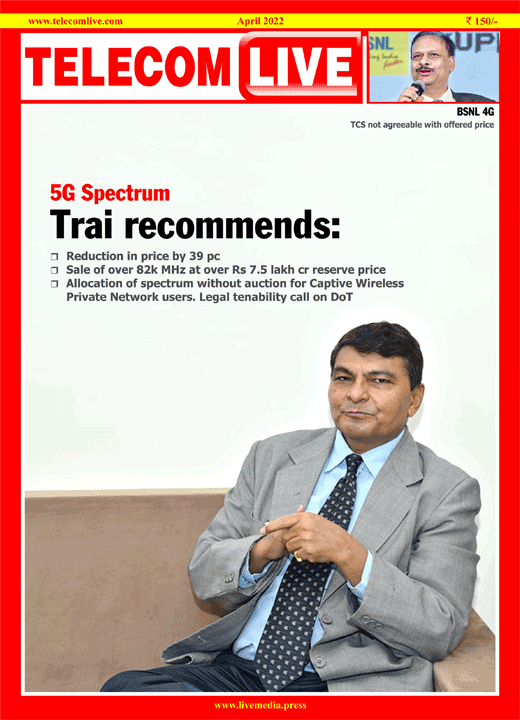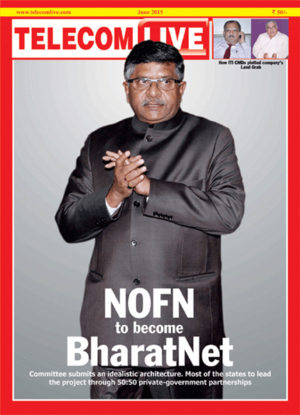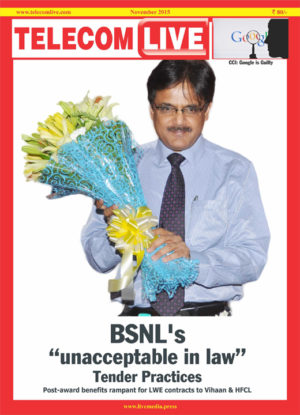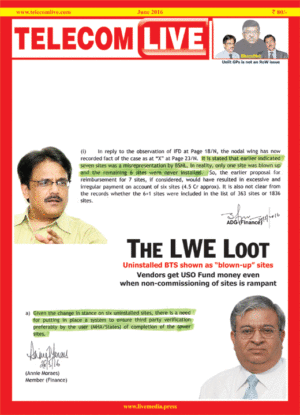Trai has given its recommendations on 5G spectrum in identified frequency bands for auctions. Trai has recommended overall 39 per cent reduction in the floor price. Besides new spectrum in 600 MHz, 3300-3670 MHz and 24.25-28.5 GHz bands, large portions of spectrum that remained unsold in the last two auctions are also on the block.
Trai has recommended selling airwaves in all existing bands of 700 MHz, 800 MHz, 900 MHz, 1800 MHz, 2100 MHz, 2300 MHz, 2500 MHz. A lower reserve price for all bands has been recommended compared to the last prices in 2018. The floor price in the 700 MHz band has been cut by 40 per cent to Rs 3,927 crore per MHz for a pan-India spectrum while the same in 800 MHz has been lowered by 22 per cent to about Rs 3,620 crore per MHz, pan-India.
For 600 MHz band, the price is the same as 700 MHz. For 3300-3670 MHz, it is Rs 317 crore per MHz pan-India, and for 24.25-28.5 GHz band, it is Rs 6.99 crore per MHz.
If an operator buys 100 MHz in 3300-3670 band, it will cost Rs 31,700 crore; and 1000 MHz in 24.25-28.5 GHz band, it will cost Rs 6,990 crore. So, for Rs 38,690 crore, it will be 5G ready, spectrum wise.
Trai has said that the reserve price for North East and Jammu & Kashmir should be fixed at a discount of 50 per cent on the reserve price.
The total spectrum on offer for auction is 82,073 MHz which is worth Rs 5 lakh crore for 20 year license period and 7.5 lakh crore for 30 year period. All bands will be used for rolling out 5G services.
Besides this, Trai has proposed spectrum allocation for Captive Wireless Private Network (CWPN). 40 MHz spectrum has been proposed each in two bands: 3700-3800 MHz and 4800-4990 MHz. Trai has proposed spectrum to be given administratively to CWPN users, while DoT is to ascertain its legal tenability. Spectrum given without auctions is largely seen as spectrum being given away for free. It is also a potentially disruptive measure where enterprises can take spectrums and create their own captive networks.
As is to be expected, the TSPs are miffed. They see it as a threat to their creamy layer business which sustains many layers of non-enterprise tariff structures in their revenue model. They have also reacted sharply on reserve price, saying they were expecting a 90 per cent reduction. They consider the 1.5 times more payment for 30-year license period, a nullification of the telecom relief package. On his part, Trai chairman has advanced macro-economic and Industry 4.0 arguments to justify the recommendations. Auction results will judge his wisdom. Analysts are already predicting a muted response.




